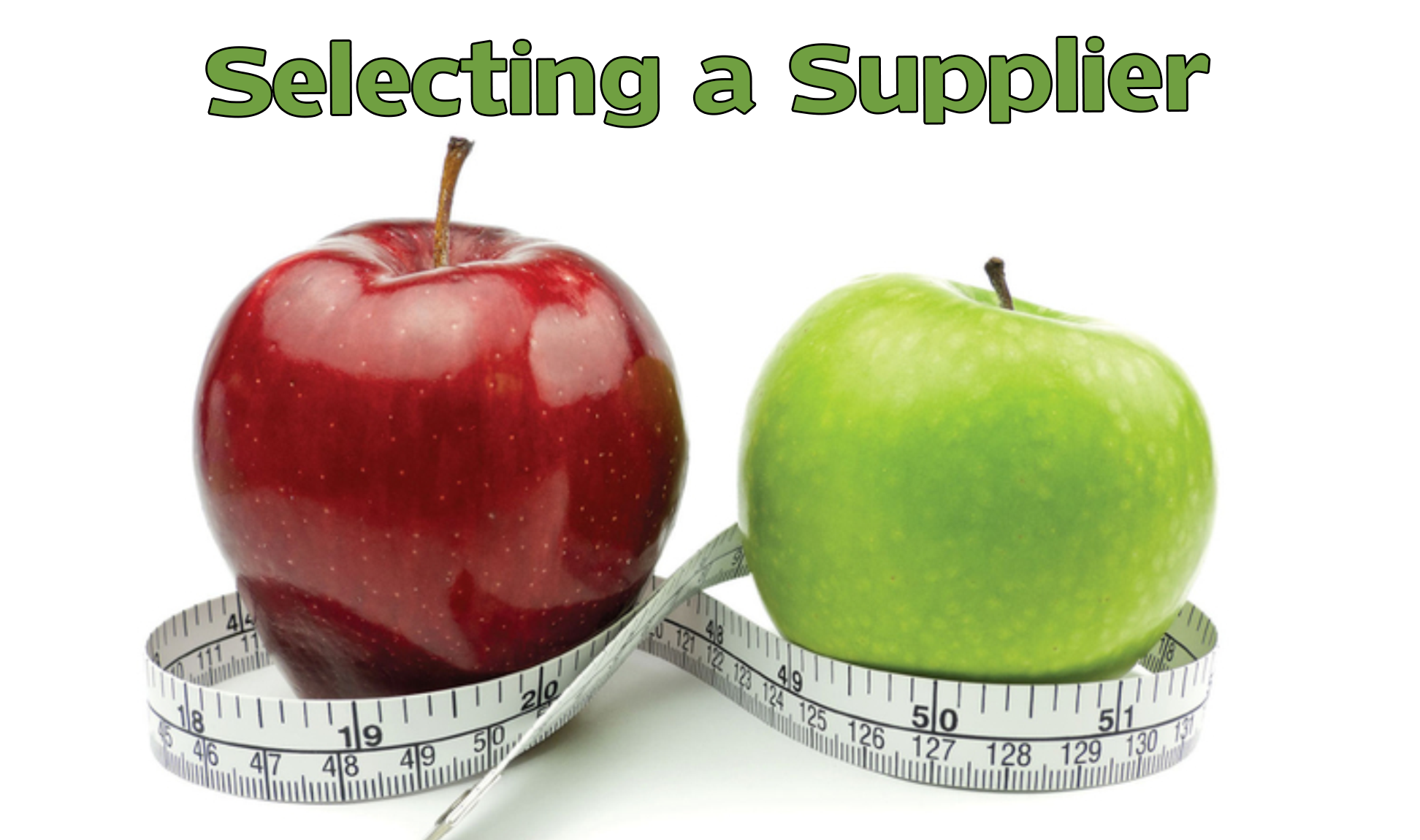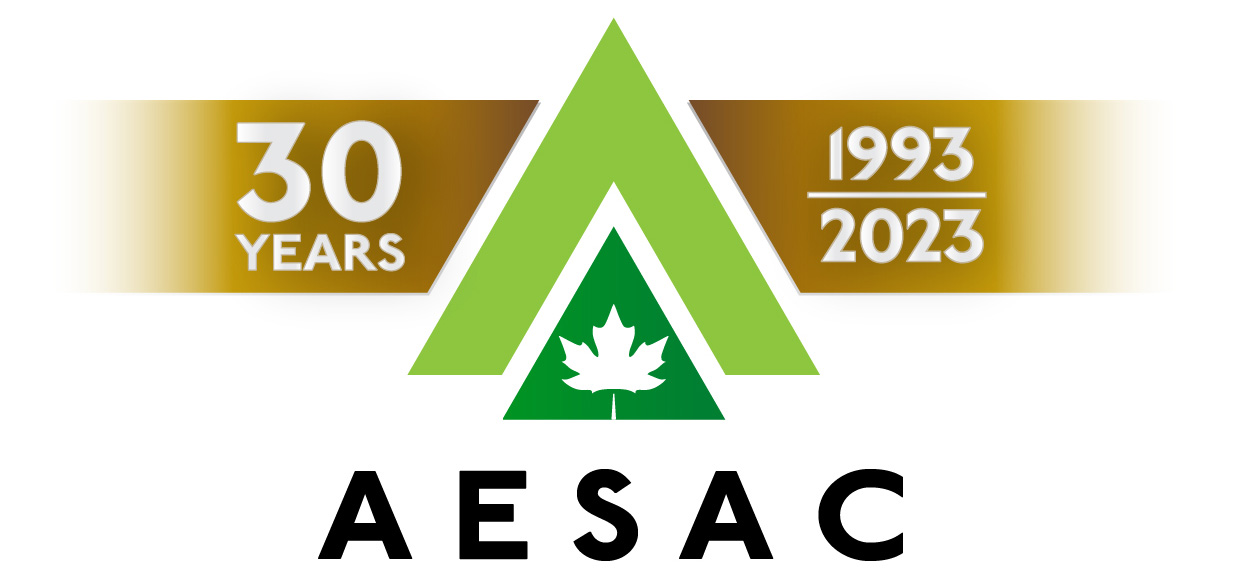- Home
- Training Courses
- Membership
- About Us
- Instructors Blog
- December 2023: All I Want For Christmas
- November 2023: ESA Report Reviews
- October 2023: Can AI Write an ESA Report?
- September 2023: Getting Paid... or Not
- August 2023: Take Me Back...
- July 2023: To Bid or Not To Bid
- June 2023: Selecting a Supplier
- April 2023: Phase 1 Problems, Part 3
- March 2023: Phase 1 Problems, Part 2
- February 2023: Phase 1 Problems, Part 1
- January 2023: Working Outside in Winter
- 2022 Blogs
- 2021 Blogs
- December 2021: Asbestos in your Home
- Sept 2021: Dirty Jars And Other Bad Things… Part 2
- August 2021: Dirty Jars And Other Bad Things… Part 1
- July 2021: How do you want that drawing to look? Part 2
- June 2021: How Did You Want That Drawing To Look? Part 1
- April 2021: So You Need a RSC... Part 2
- March 2021: So You Need a RSC... Part 1
- February 2021: What's In Your Toolbox? Part 2
- January 2021: What's In Your Toolbox? Part 1
- 2020 Blogs
- December 2020: A Day in the Life, Part 2
- November 2020: A Day in the Life, Part 1
- October 2020: Exploring Your Career Path
- September 2020: So You Want To Start Your Own Business - Part 2
- August 2020- So You Want to Start Your Own Business
- June 2020: Effective Communication
- May 2020: Tips For Working From Home
- April 2020: Conducting ESA’s During a Pandemic
- March 2020: It's Not Easy Being Green
- February 2020: Looking Ahead; Bold Predictions for the Next Decade
- January 2020: Looking Back; A Decade in Review
- 2019 Blogs
- 2018 Blogs
- 2017 Blogs
- 2016 Blogs
- 2015 Blogs
- Find an AESAC Member
Menu- Home
- Training Courses
- » Training Courses
- » Webinar Series
- » Calendar of Events
- » Course Registration
- » Course Instructors
- » Testimonials
- Membership
- » Become a Member
- » Certifications
- » Membership Search
- » Update Member Profile
- » Members Only
- » » Member Login
- » » Membership Renewal
- » » Create/Change Password
- » » CESA Certification Application
- About Us
- » About AESAC
- » Course Instructors
- » Contact Us
- Instructors Blog
- » December 2023: All I Want For Christmas
- » November 2023: ESA Report Reviews
- » October 2023: Can AI Write an ESA Report?
- » September 2023: Getting Paid... or Not
- » August 2023: Take Me Back...
- » July 2023: To Bid or Not To Bid
- » June 2023: Selecting a Supplier
- » April 2023: Phase 1 Problems, Part 3
- » March 2023: Phase 1 Problems, Part 2
- » February 2023: Phase 1 Problems, Part 1
- » January 2023: Working Outside in Winter
- » 2022 Blogs
- » » December 2022: Advice To My Younger Self
- » » October 2022: Pre-Purchase Due Diligence
- » » Sept 2022: Words Matter
- » » July 2022: Let Us Come To You
- » » April 2022: Due Diligence
- » » March 2022: Time Management
- » » February 2022: Spinning Augers... Part 2
- » » January 2022: Spinning Augers... Part 1
- » 2021 Blogs
- » » December 2021: Asbestos in your Home
- » » Sept 2021: Dirty Jars And Other Bad Things… Part 2
- » » August 2021: Dirty Jars And Other Bad Things… Part 1
- » » July 2021: How do you want that drawing to look? Part 2
- » » June 2021: How Did You Want That Drawing To Look? Part 1
- » » April 2021: So You Need a RSC... Part 2
- » » March 2021: So You Need a RSC... Part 1
- » » February 2021: What's In Your Toolbox? Part 2
- » » January 2021: What's In Your Toolbox? Part 1
- » 2020 Blogs
- » » December 2020: A Day in the Life, Part 2
- » » November 2020: A Day in the Life, Part 1
- » » October 2020: Exploring Your Career Path
- » » September 2020: So You Want To Start Your Own Business - Part 2
- » » August 2020- So You Want to Start Your Own Business
- » » June 2020: Effective Communication
- » » May 2020: Tips For Working From Home
- » » April 2020: Conducting ESA’s During a Pandemic
- » » March 2020: It's Not Easy Being Green
- » » February 2020: Looking Ahead; Bold Predictions for the Next Decade
- » » January 2020: Looking Back; A Decade in Review
- » 2019 Blogs
- » » November 2019
- » » September 2019
- » » August 2019
- » » July 2019
- » » May 2019
- » » March 2019
- » » February 2019
- » » January 2019
- » 2018 Blogs
- » » November 2018
- » » October 2018
- » » September 2018
- » » August 2018
- » » July 2018
- » » June 2018
- » » May 2018
- » » March 2018
- » » February 2018
- » » January 2018
- » 2017 Blogs
- » » April 2017
- » » June 2017
- » » August 2017
- » » September 2017
- » » December 2017
- » 2016 Blogs
- » » October 2016
- » » September 2016
- » » August 2016
- » » July 2016
- » » June 2016
- » » March 2016
- » » January 2016
- » » December 2016
- » » November 2016
- » 2015 Blogs
- » » April 2015
- » » July 2015
- » » September 2015
- » » October 2015
- » » December 2015
- Find an AESAC Member
It’s always surprising how much prices can vary widely when obtaining cost estimates. Over several decades of consulting I have obtained, reviewed or responded to hundreds of RFP/RFQ (Request for Proposal/Quote) for projects ranging from a few hundred dollars to a few million; and the range of estimated costs can be staggering and hard to evaluate. Here are a few hints to help you through the process, whether you are a property owner selecting an environmental consultant, or a consultant hiring a drilling contractor or subconsultant.
Pre-qualify Your Supplier(s)
Some projects may be relatively low dollar value, or very time conscious, so that it may be expedient to forgo a formal bid process and proceed with a time & materials estimate from a trusted supplier. In most cases however a competitive bid process may be preferable (or required) to obtain the most cost-effective supplier. In these cases I suggest using only pre-qualified suppliers that have proven they have the qualifications and expertise to complete the required work. Ideally this is something that has been confirmed by your own past work with the supplier, or through referrals from trusted connections; if not, ask for – and check - project specific references. It's important to do your own research and check not just qualifications, but also that the supplier possesses the necessary experience, licensing, insurance, staff and resources to complete the tasks on time and on budget. You should also request pricing from a sufficient number of suppliers to ensure a good selection of qualified bids.Comparing Apples to Apples
Even when providing a detailed scope of work for contractor pricing I have seen cost estimates differ by an order of magnitude between suppliers. Its therefore important to provide as detailed and specific a scope of work to each prospective bidder, with clearly identified tasks, deliverables and timelines. If there are potential or unforeseen work items, you may consider contingency allowances and request pre-determined hourly and unit rates to cover any extras. Including provisions for identifying, costing and approving potential extra budget items in advance will be beneficial if problems arise down the road. Where appropriate, you should conduct an on-site meeting with all the prospective bidders to familiarize all stakeholders with the project requirements. Any questions, clarifications or addendums related to the proposals should be communicated to all bidders equally, and expeditiously. For larger projects, or when required; preparing and executing legal tender documents comes with inherent liabilities, and should only be completed by those with the necessary legal and technical expertise.Evaluating the Estimate
Once a suitable number of bids has been received, you will need to evaluate the respective submissions to select your best-suited supplier. Some bids and tender processes will specify how much of the evaluation is based on specific factors (e.g. deliverables – 50%, cost – 30%, experience – 20%). If not, my suggestion would be for the client to determine the top three to five factors that are most important to their project (e.g. overall costs, timing, prior experience, communication etc.), and then assign each of those items a weighted rank by their importance. The data from each bidder can then be scored, adjusted by the weighted ranking, and evaluated as an overall score. This could be further refined by considering less-tangible aspects as trust, communication and who you feel comfortable working with. While you don’t always have to divulge details of the winning bid, it’s courteous to inform all bidders of the results in a timely fashion.Bill Leedham, P. Geo., CESA
Bill is the Head Instructor and Course Developer for the Associated Environmental Site Assessors of Canada (www.aesac.ca); and the founder and President of Down 2 Earth Environmental Services Inc. You can contact Bill at info@down2earthenvironmental.ca
Training Courses
Membership
About Us
Contact UsCopyright (c) 2024 Associated Environmental Site Assessors of Canada; AESAC Inc.



